Secrets of Mongolian Barbecue
11 min read Explore the history, techniques, and flavors that make Mongolian barbecue a unique culinary experience. July 11, 2025 15:05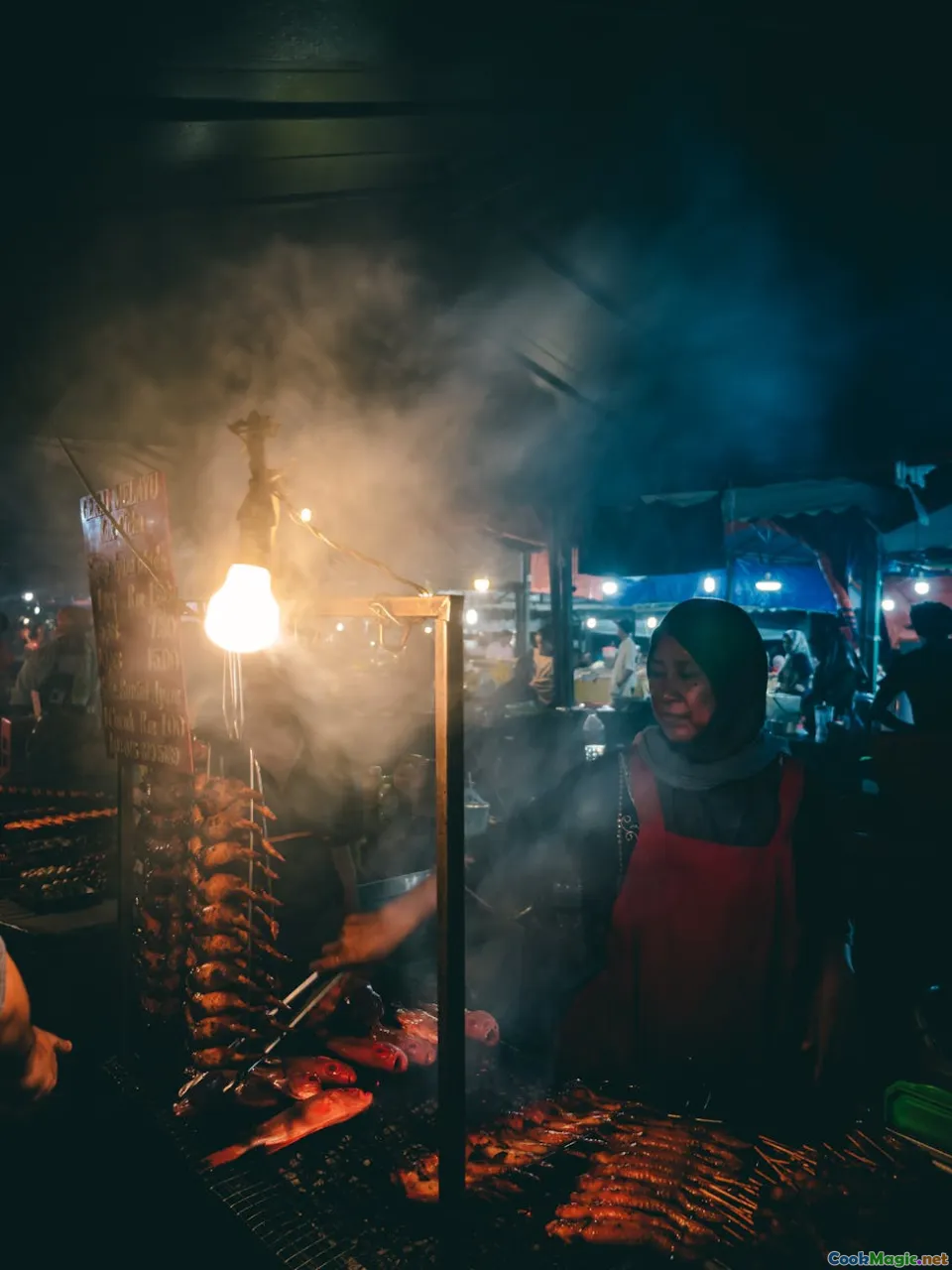
Secrets of Mongolian Barbecue
Nestled amidst the rugged steppes and vast expanses of Central Asia lies a culinary tradition that exemplifies resilience, community, and raw flavors: Mongolian Barbecue, or "Huurga" as it is locally called. For those passionate about authentic flavors, understanding the deep-rooted secrets behind Mongolian barbecue is like unearthing a treasure chest of history, culture, and sensory delight. It’s more than just food; it’s a reflection of a nomadic way of life that has endured for centuries, echoing in every tender slice of meat and smoky aroma.
Prepare to embark on a visceral journey—where the scent of sizzling meat mingles with wind-swept plains, and every bite whispers a story of heritage, passion, and survival.
The Cultural Roots of Mongolian Barbecue
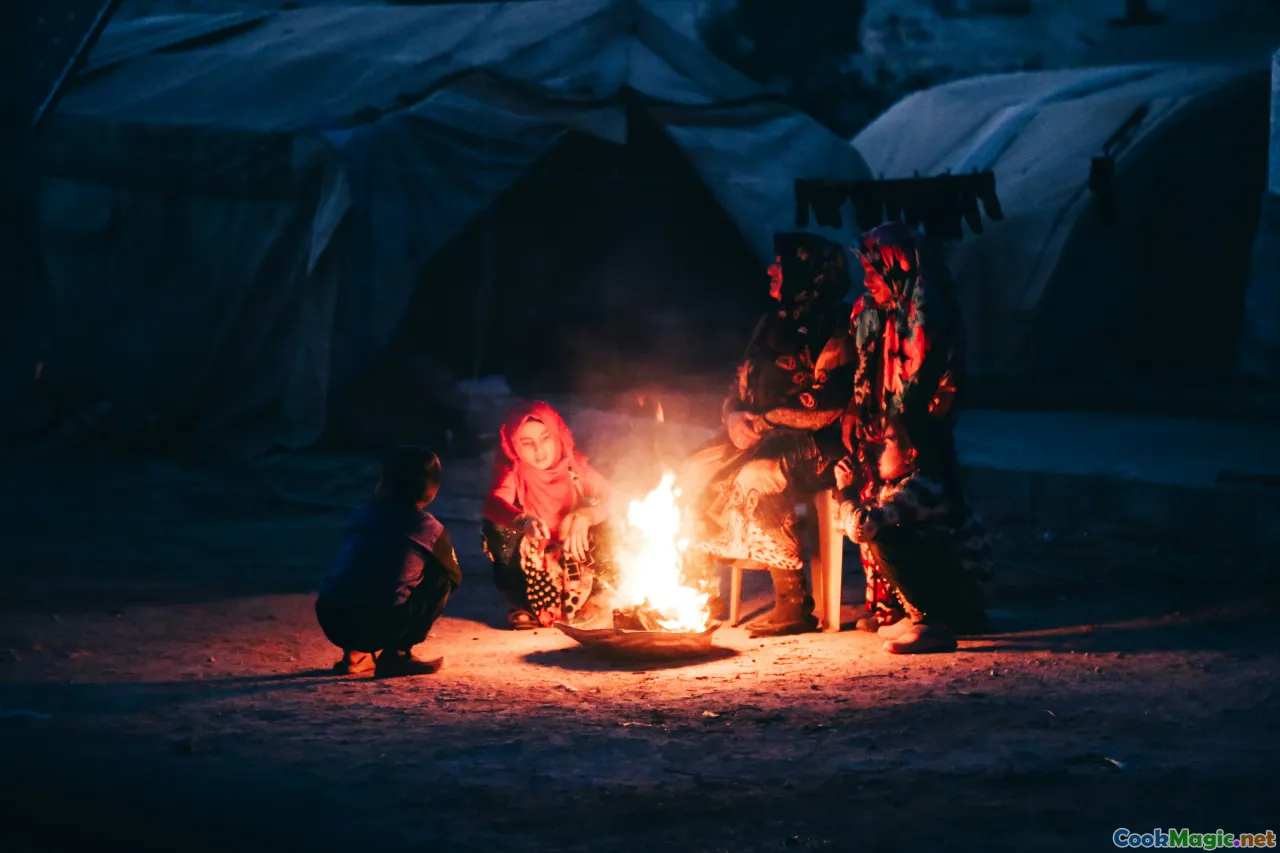
Mongolian barbecue is not merely a method of preparing food; it embodies an ancient cultural ethos. Historically, Mongolian tribes were nomads, traversing vast steppes on horseback, living off the land, and developing a diet centered around their herds—primarily sheep, goat, and cattle. This nomadic lifestyle cultivated a cuisine that is simple, hearty, and designed to sustain through long, arduous journeys.
Barbecue in Mongolia originated as a means of quickly cooking meat over open flames during herding expeditions. It was a communal activity, bringing tribes together around a fire, sharing stories as the smoky aroma wafted through the cold mountain air. Over centuries, this tradition became codified into specific techniques and dishes that highlight freshness, simplicity, and flavor focus.
In modern Mongolia, “Huurga” is enjoyed during festivals, family gatherings, and even as street food, preserving its role as a social connector and cultural symbol.
The Craft of Mongolian Barbecue: Techniques & Traditions
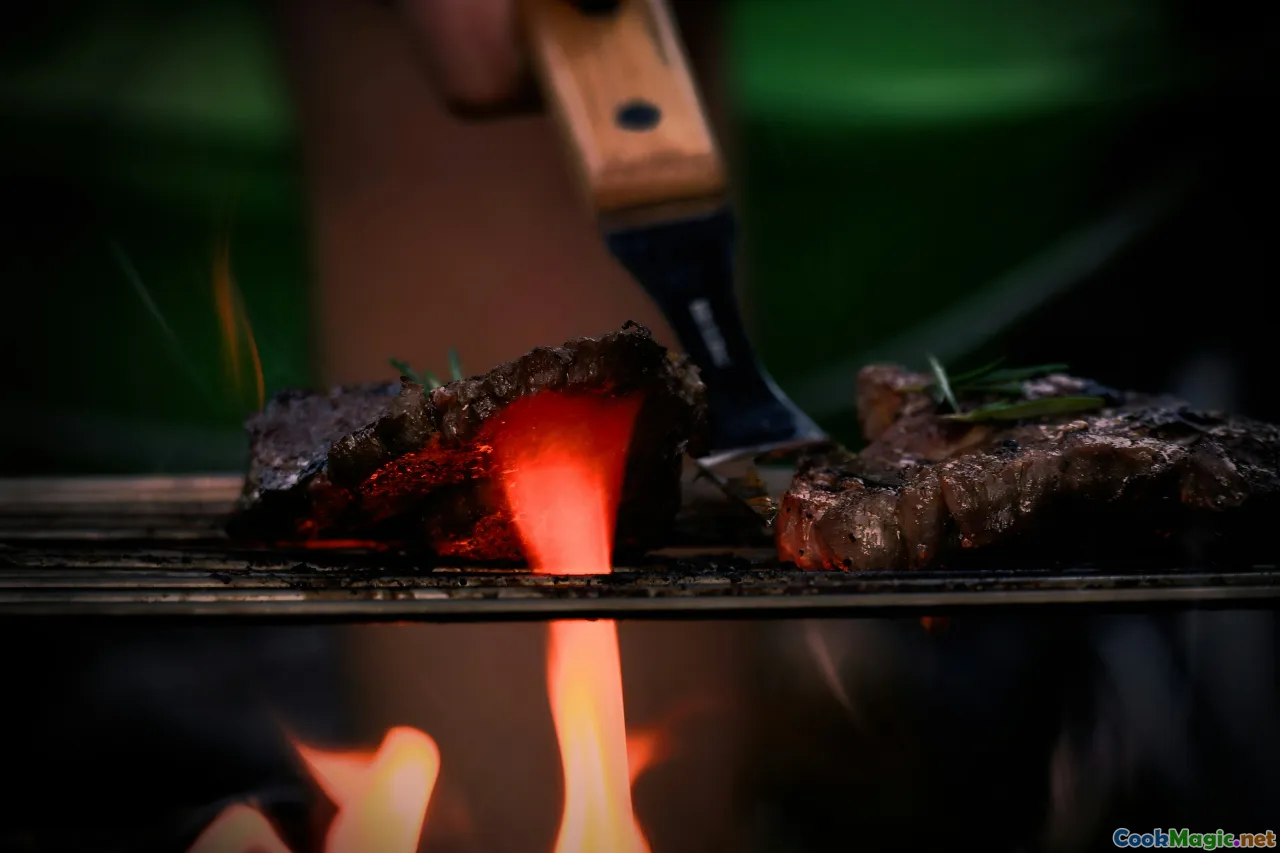
Mastering Mongolian barbecue involves an artful combination of fire, flavor, and timing. Unlike Western-style grilling, it’s characterized by the use of thinly sliced meats, open flame cooking, and straightforward seasoning that amplifies the meat’s natural flavors.
Materials and Setup
The traditional setup includes a simple iron or metal grill, often placed over an open wood or charcoal fire. The Mongolian cook, or "Tsam", meticulously prepares the ingredients—fresh, super-thin slices of meat are essential. Flat skewers or shallow pans are used for quicker, more even cooking.
The Meat
Mongolian barbecue is predominantly beef, mutton, and goat; however, horse meat and sometimes yak are also included. The key is freshness—meat is typically sliced directly from the carcass or procured fresh from local markets.
Seasoning and Marinades
What sets Mongolian barbecue apart is its minimal seasoning. Salt, a touch of garlic, and sometimes a splash of soy or fermented dairy are applied. The objective is to preserve the meat’s pure, smoky essence.
Cooking Method
The slices are quickly cooked over high heat, often with frequent turning or sliding along the grill, achieving a captivating smoky char on the outside while remaining juicy inside. The process emphasizes speed and skill, demanding cooks to balance heat and timing perfectly.
Classic Mongolian Dishes: Beyond the BBQ
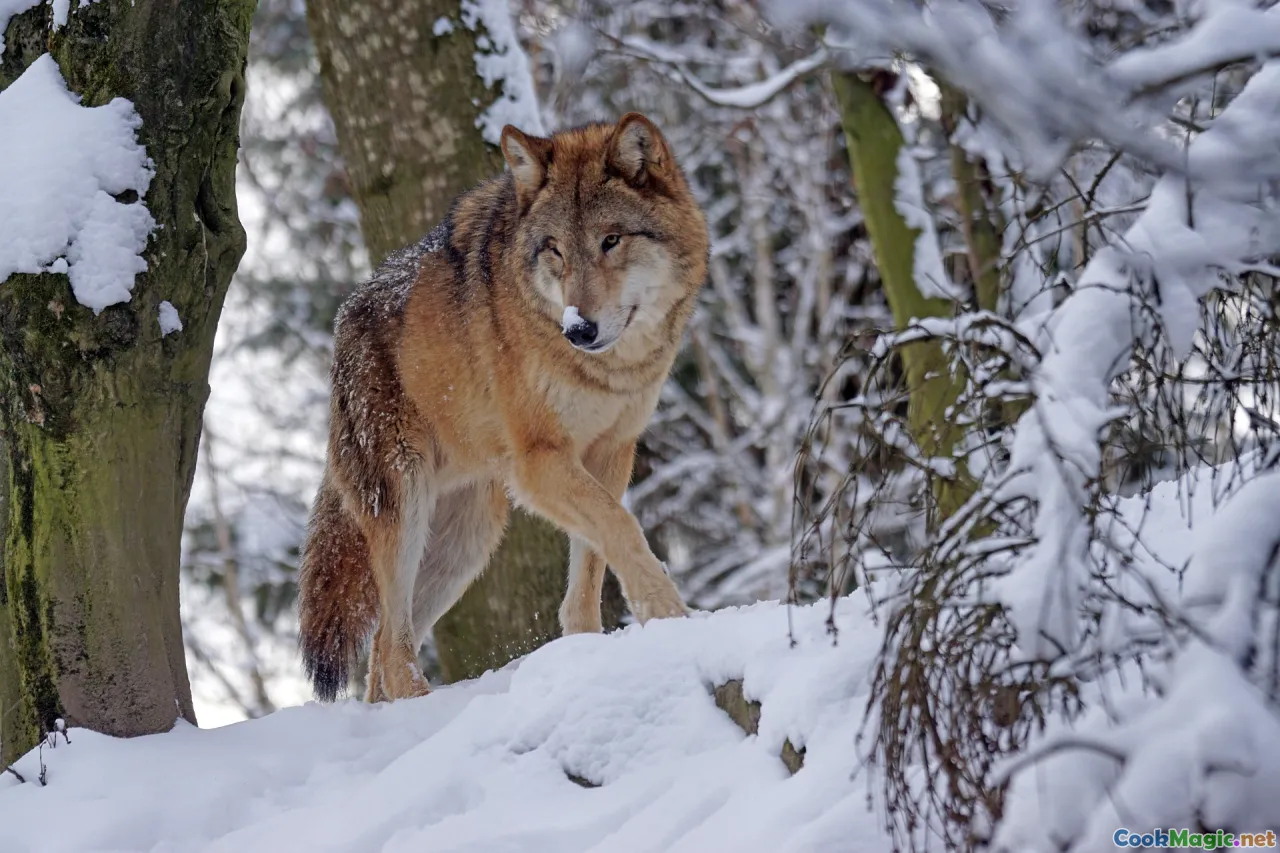
While Mongolian barbecue is the centerpiece, the cuisine boasts a rich tapestry of related dishes that exemplify the same principles of simplicity and taste.
Boodog
Boodog is an extraordinary tradition—roasting whole animals from the inside out with heated stones placed inside the carcass. It’s often used for special occasions and showcases the resourcefulness of nomadic cooks. The meat remains incredibly tender, infused with smoky, mineral notes.
Khorkhog
A savory stew cooked with hot stones—meat, vegetables, and herbs are sealed inside a metal container, with hot stones introduced into generate intense heat. The result is a hearty, smoky dish with deep flavors.
Skewered Meats and Hot Pot
Street vendors and locals enjoy lamb or beef skewers, seasoned simply and grilled to perfection, alongside steaming bowls of hot pot seasoning with chili, garlic, and wild herbs.
Accompanying Breads
Breads such as YufkaorWheat flatbreads are often served alongside, perfect for scooping up tender meat and rich sauces.
The Role of Fire and Smoke in Mongolian Renaissance
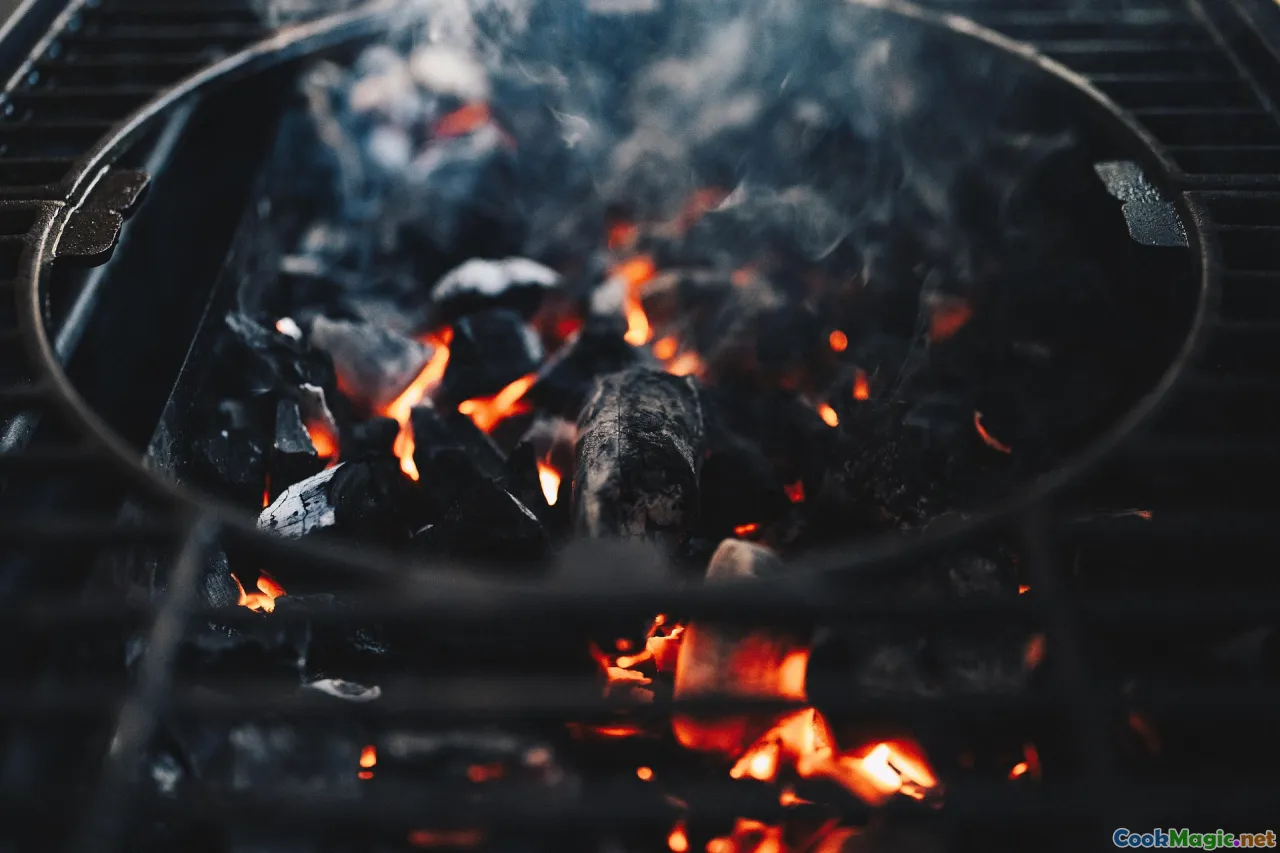
The soul of Mongolian barbecue resides in its relationship with fire and smoke. The open flame imparts a unique flavor profile—an aromatic smokiness that’s difficult to replicate with modern appliances. This method is inherently linked to the nomadic spirit: portable, adaptable, and deeply connected to the land.
Vintage images and stories reveal how ancient Mongols and modern cooks alike harnessed the natural elements—wood, charcoal, and sometimes dung—as fuel sources. Over generations, this has fostered techniques that enhance the robustness of the meat, creating a distinctly Mongolian flavor palette.
An important insight: the type of wood used influences the flavor—birch and juniper add particular aromas that complement the meat’s richness.
Mongolian Barbecue in a Global Context
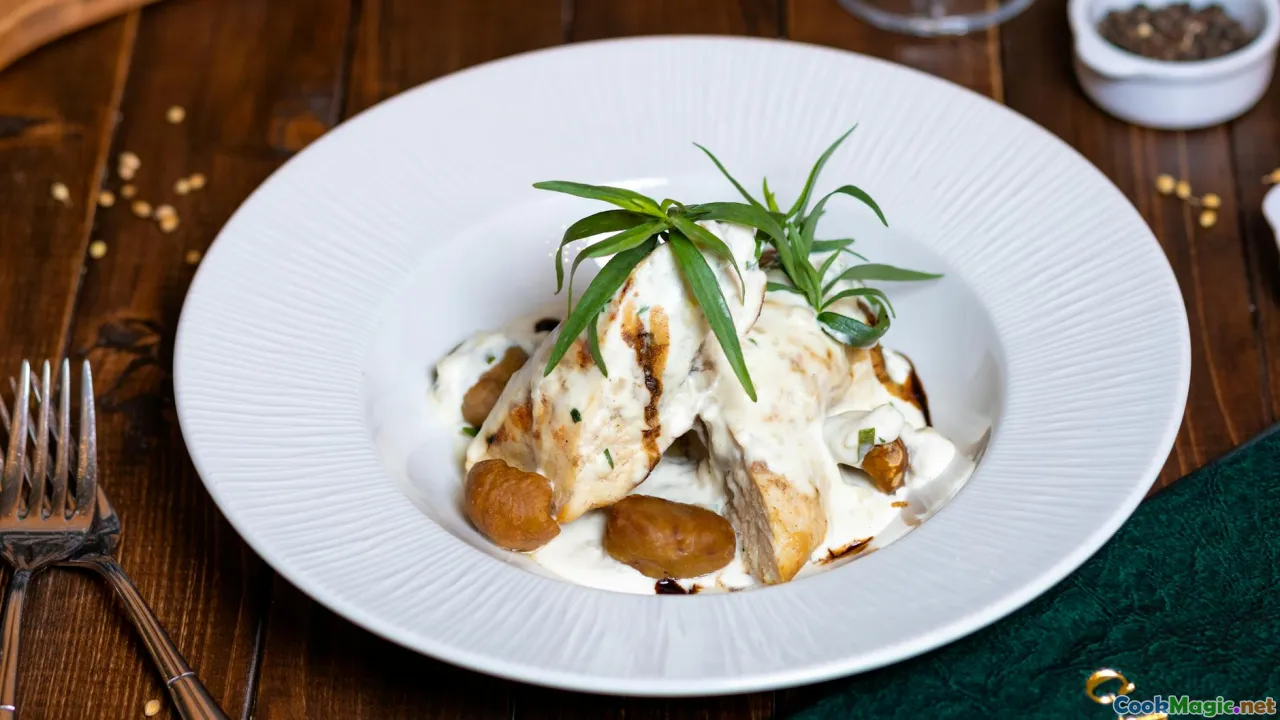
While deeply traditional, Mongolian barbecue has found its way into the international culinary scene, often blending with other styles. Sushi restaurants, upscale bistros, and street stalls worldwide now feature Mongolian-style grilled meats, emphasizing freshness and simplicity.
However, authentic Mongolian barbecue remains rooted in the communal, rustic spirit—the shared experience of gathering around an open fire, savoring meat that embodies the rugged landscape and resilient spirit of Mongolia.
Tips for Bringing Mongolian Barbecue Home* Use thinly sliced cuts like sirloin or flank steak for quick, high-heat cooking.Simple seasoning: sea salt, garlic, and a splash of soy or fermented milk. Cook over a hot grill or open flame to achieve smoky char.*Serve alongside traditional flatbread and fermented dairy to keep the cultural link intact.
Personal Reflections and Try-at-Home Inspiration
Having experienced Mongolian barbecue firsthand during a cultural exchange in Ulaanbaatar, I was struck by the visceral connection between cook and community. Watching locals slice meat from a carcass carved on-site and then grill it over a wood fire evoked a primal joy—each piece bursting with smoky, tender flavor.
Back home, recreating this experience involves respecting the essence. Prioritize freshness, keep seasoning simple, and embrace the high heat. The thrill of flipping meat over open flames, the aroma that fills the air, and the joy of sharing this dish with friends—these are the secret ingredients that make Mongolian barbecue a celebration of life.
The Enduring Spirit of Mongolian Grilling
In a world increasingly dominated by processed and uniform tastes, Mongolian barbecue reminds us of a fundamentally honest culinary practice—simple, direct, and steeped in history. It captures the essence of nomadic resilience, the dance of fire and flesh, and the communal bonds that have sustained generations.
As you explore Mongolian cuisine, remember that every slice of meat, every flicker of flame, is a testament to a culture that values endurance, authenticity, and connection. The secrets of Mongolian barbecue lie not just in techniques but in its ability to invoke memories, incite passions, and celebrate the timeless flavors of the land.
Bring these stories to your own table—ignite your flame, slice your meat with care, and let every meal be an homage to Mongolia’s enduring spirit.









